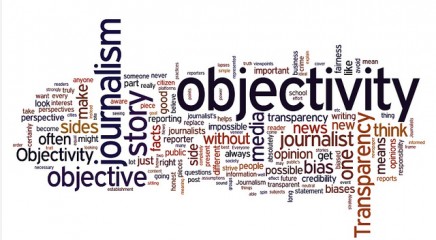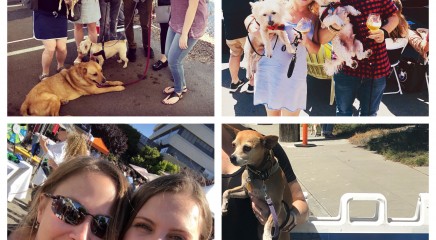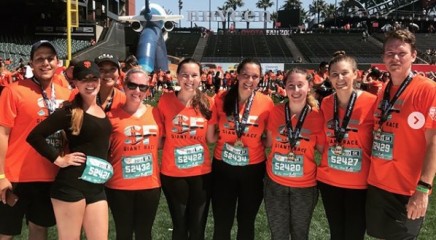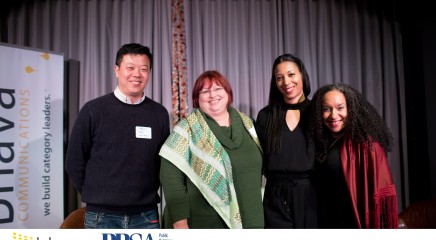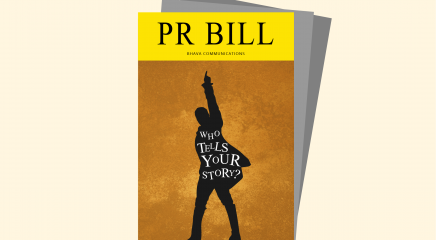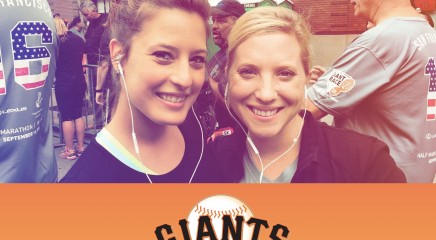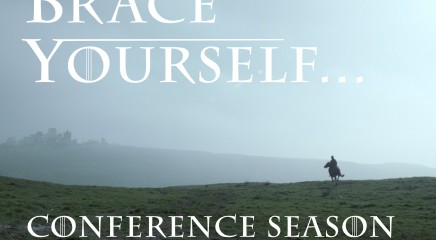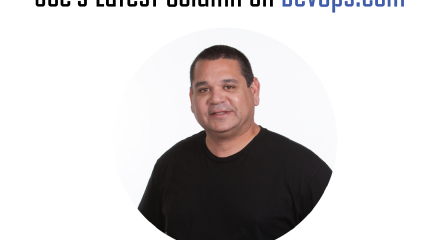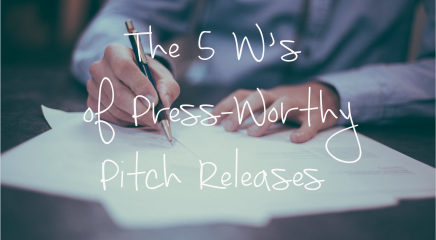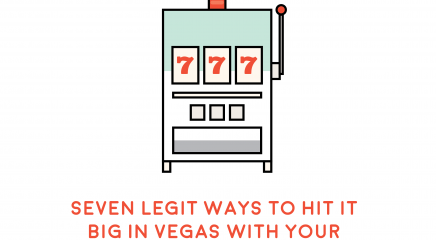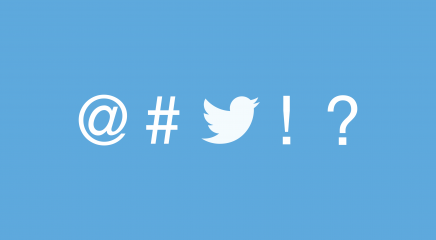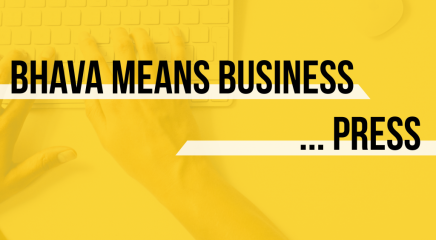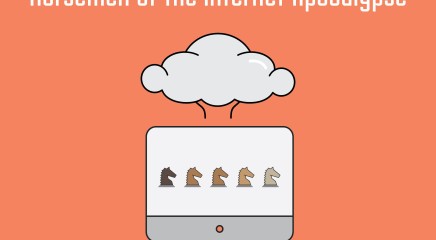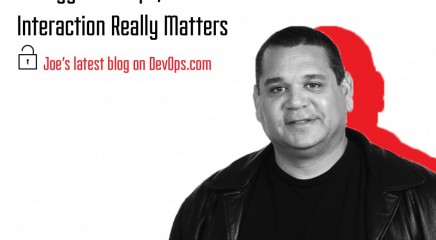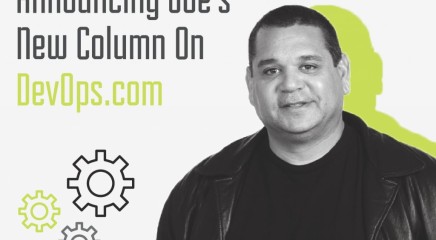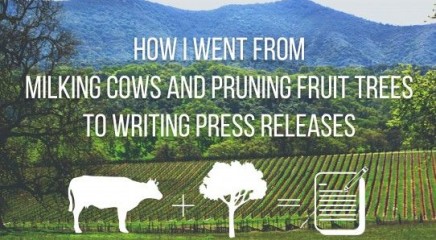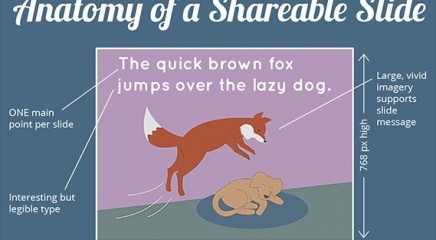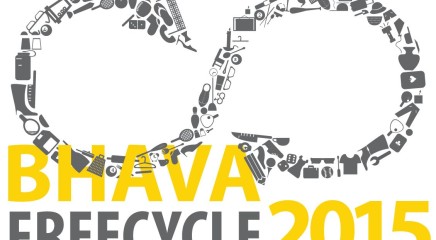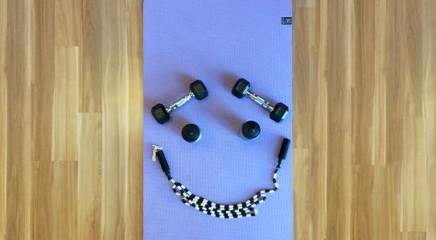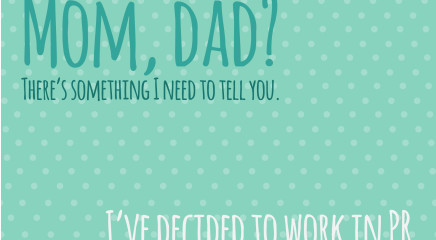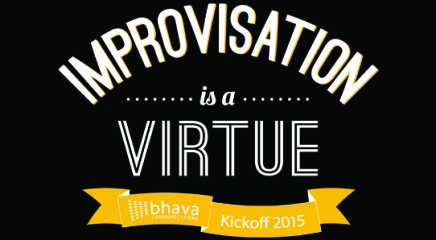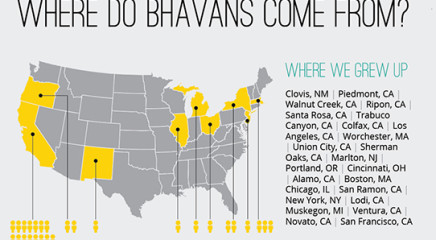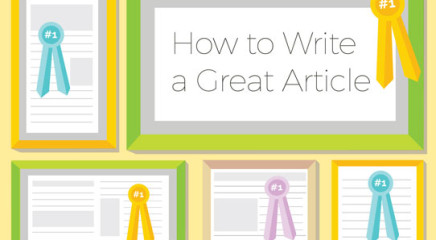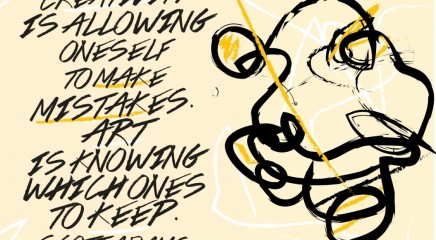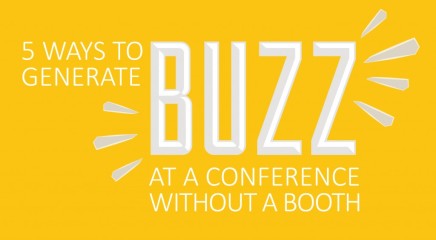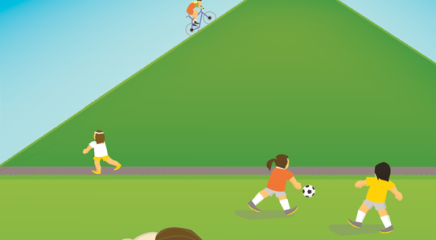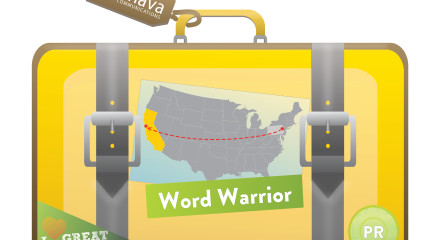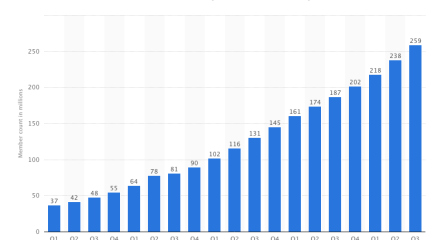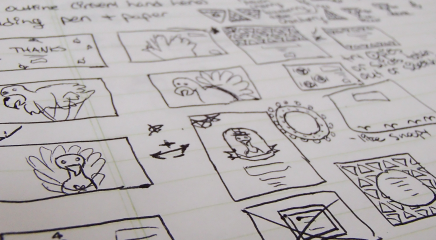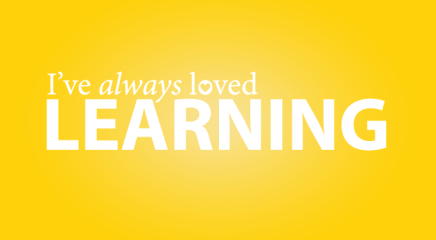Top 10 Areas of Mastery for a Successful PR Campaign

If there’s anything that all my years in high-tech marketing and public relations have taught me, it’s that when it comes to conceiving, planning and executing a successful public relations campaign, everything is always subject to change. And change it will. To succeed, a PR practitioner must wear many hats, swapping them on the fly. Here’s my Top 10 list of hats you must wear and roles you must master to conduct campaigns that hit your company’s and/or your client’s objectives:
1. The Storyteller
This role partly requires the ability to spot a good story and partly the ability to think like a journalist and practice good news judgment (aka: asking yourself “Is this actually news?” and getting the answer right). You need to know how to assemble the story’s elements and to identify where in the story the tension, the surprise, the thing that’s super important reside while ensuring everything is relevant to your target audience. My tried and true tip when you’re wearing this hat: make absolutely sure that however you’re telling the story, it’s not MOTO (master of the obvious). And be sure to turn on your B.S. detector.
2. The Listener
If you’re a PR person, you’d better be an amazing listener. You need to consume what your client (or internal client if you’re in-house) says and, via your brain’s particular alchemy and knowledge of PR, turn that into something palatable and exciting for journalists. If you don’t listen well, you simply won’t have the required information to make nuanced choices about the story you’re entrusted with telling and, more often than not, you’ll end up with a strategy or content that’s MOTO (see #1 above). You don’t want that. In my experience, the big secret here is developing a large, sensitive dish antenna and the patience to take in a lot of information and noise. You’ll then strain out the excess and distill it into a narrative that’s as tight, compelling and emotion-activating as possible.
3. The Writer
They say good writing never goes out of style and it’s as true as ever. Good writing is fundamental to everything you do with a communications campaign. Write in plain English and be powerful, non-jargony and illustrative. Write in a way that’s sophisticated yet know when to toggle between technical and high level, formal and casual. Your writing should be grammatically correct, copyedited and, frankly, perfect. A strong campaign is not written in the style of “Here’s what I did on my summer vacation.” My main tip for this role: take good writing seriously and respect the craft. Voracious reading and tons of practice help. If you hate writing or it’s just never going to be your forté, find people who excel at it so they can make your campaign shine.
4. The Editor
Knowing how to frame stories effectively for reporters and different audiences is non-optional. How to do it? I always research—that’s my top takeaway here. Make sure you know what your targets are writing and reading about. Don’t fall into the trap of thinking that just because a reporter recently wrote about a thing, they therefore want to write about that same thing again in the same way (they usually don’t and get annoyed if you ply them with more of the same). Understand what the other companies in your space are up to; become familiar with the competitive landscape and use this lens as you fine tune your content and outreach.
5. The Planner
Map out your campaign as best you can with the information at hand and adjust your plans as conditions change (be OK with the fact that even the best laid plans will pretty much always morph one way or another). Your plan can be big picture at first, then refine it and add details as you move through the process. Planning is also as much about organization as it it is patience, persistence and flexibility. Establish a set of objectives and key results to track, measure progress throughout your campaign’s journey and make adjustments to your plan as needed (without freaking out) to hit or exceed your company’s or client’s goals for a campaign.
6. The Acrobat
When you’re managing a campaign, surprises happen: a major customer reference for a press release or reporter exclusive might fall through or you might at the last minute suddenly secure an awesome, big-name customer reference you didn’t even expect. So you need to be able to ratchet up, down and sideways in terms of what your tactics are and—importantly—not get flustered. I would need all my fingers, toes and strands of hair to count the times I’ve had surprises—good and bad—in the company and product launches and PR campaigns I’ve done in my career. The big aha here is: the only option is to be solution-minded. You simply can’t afford not to be. Also, don’t become so attached to a particular outcome that you keep yourself from realizing even better outcomes. One of my favorite compliments I ever received in business was from a CMO who said, “You know what I love about you Zaborowska? You’re so zen. No matter what craziness happens, you always make me feel like everything is going to be OK and that, in fact, it’s going to be amazing. And it always works out better than I expected.”
7. The Designer
I instinctively think visually but also know that not everyone does. You’ll end up with a much stronger story if you tell it in the different ways people consume stories; you gain wider reach and reinforcement of your message by putting it in different formats. These include infographics, slideshares, micrographics, illustrations, videos and photos. My #1 tip here is it’s totally OK if you don’t draw well. You can still describe what you want to someone else who can create your pictorial vision. Images and pictures are also key for broader story engagement—studies show that people click on stories at a far higher rate when accompanied by an image.
8. The Networker
Networking can take many forms and it’s not the case that you have to take every relevant reporter out for drinks or coffee. Being adept on social media with reporters, for example, is amazingly helpful and powerful. Retweet their content and engage with them on Twitter (but don’t be a creep). There are many ways—social media among them—to build relationships through nontraditional means that could lead to an in-person meeting. Above all, be human. Reporters are people, too. As much as you want them to help you do your job well for the campaign, always remember to lead from a perspective of how you can help them do their job better. This approach pays much better dividends over time.
9. The Surveyor
This role speaks to cultivating the bird’s-eye view. How does your campaign fit into larger industry trends? The top tip here is not to fall into the trap of telling a story that’s just myopically me-me-me. Figure out the “we” in the story and make it relevant to prevailing trends and to the readers of your targeted publications. Also, be able to explain how your company’s or client’s “something” changes the world for the better—connect it to the human condition. You want to bridge the gap between what does it mean for society at large and for individuals in that society so the campaign isn’t self-serving and just about selling a thing.
10. The CFO
Ultimately, in business most campaigns are about increasing sales and generating revenue. To be successful in your campaigns, be sure to build at least a rudimentary understanding of finance, business models, and a grasp of how businesses and markets work. An easy and ongoing way to learn these things is to read the major stories every day in the economy, markets and technology sections of publications such as The Wall Street Journal.
While this isn’t an exhaustive list of must-haves for a successful campaign, these 10 roles represent a solid foundation. Becoming proficient in wearing all of these hats will put you well on your way to executing killer campaigns that delight your company’s team, and if you’re at an agency, your client.


